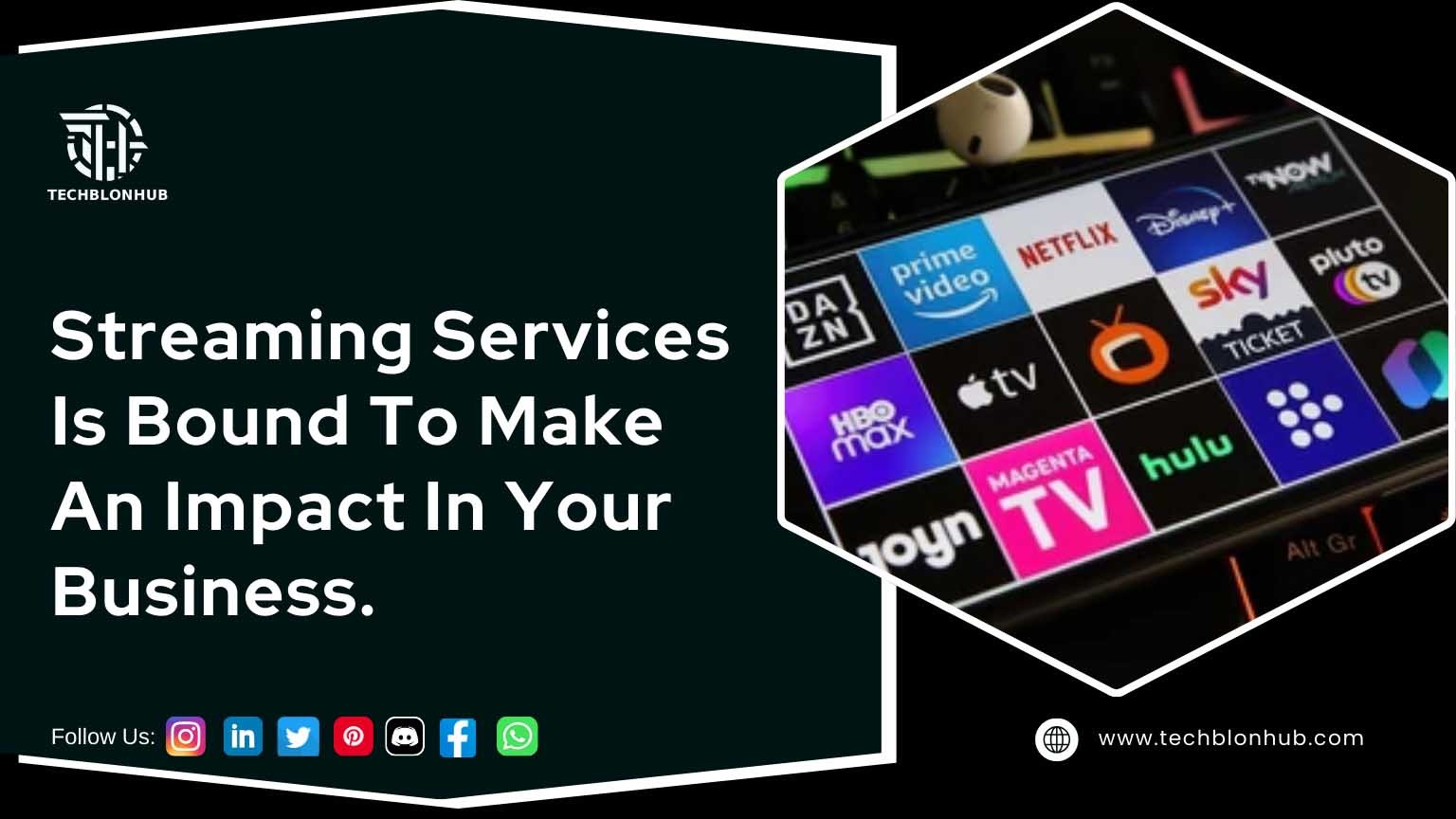What is a Cisco Tower Server?
A Cisco Tower server resembles a PC and stands upright like a tower. Multiple tower servers can operate simultaneously to handle different processes. They are the most commonly used general-purpose servers, offering various slots to extend their functionality. Their larger chassis allows for more configurations, making them ideal for a wide range of speed and storage applications.
What is a Rack Server?
A rack server resembles a network switch and comes in different sizes, such as 1U, 2U, and 4U. The 1U rack server saves space but offers limited performance and scalability, making it suitable for specific business fields. On the other hand, the 4U rack server delivers excellent performance and scalability. It can support over four high-performance processors and various hot-swappable components.
Moreover, managing a 4U rack server is simple because manufacturers provide appropriate management and monitoring tools. These servers are perfect for high-traffic applications but have the drawback of lower space utilization.
How Do Tower Servers Differ from Rack Servers?
Tower servers feature a chassis with various slots, offering ample space without redundancy in hard drives, power supplies, and other components. Unlike rack servers, they don’t require additional equipment, which saves space and ensures good scalability. Their configurations are high enough to meet most common server application needs.
Cost-effectiveness
Tower servers are designed to meet the demands of entry-level and workgroup server applications without straining your budget. Their performance is more than enough to support small to medium businesses, making them a popular choice for entrepreneurs.
Ease of Management
Server rooms are often centrally located, and managing too many tower servers can be overwhelming. With power lines, network cables, data lines, switches, routers, and other devices, things can quickly get complicated.
For easier management, rack-mounted servers are installed in a cabinet where all data lines meet. The cabinet hides and locks the lines, helping maintain a clean, dustproof, and secure server room. However, if your business is small and doesn’t require extensive network or data processing, you can easily manage tower servers.
Conclusion
If your Cisco tower server business has entry-level and low-level computing needs, tower servers are the best option for you.
Which are the best Dell Tower Servers?
When you think of tower servers, Dell is often the first brand that comes to mind. Dell offers high-end tower servers at cost-effective prices.
Here, we will discuss some of the top Dell tower servers to help you find the best pick for your business or profession.
Dell PowerEdge T30
Dell PowerEdge T30 The Dell PowerEdge T30 is one of the most affordable mini-tower servers for businesses. It’s ideal for hosting a website with moderate traffic. This server offers a variety of connectivity features and storage options, ensuring sufficient power to keep your site running smoothly without overspending. However, it does not come with an operating system.
Dell PowerEdge T330 The PowerEdge T330 is a powerful tower server featuring Windows Server OS. It efficiently handles high volumes of simultaneous requests with its Xeon E3-1230 quad-core processor, 8M cache, and 3.4 GHz Turbo Boost. With 16GB of RAM and a 2TB hard drive, it offers excellent performance. Newer versions may come with even higher specifications.
Dell PowerEdge T630 For businesses with demanding workloads, the Dell PowerEdge T630 excels in performance. It features the latest Xeon processor and robust memory, ensuring fast response times. This server is perfect for small to medium-sized businesses and remote offices, supporting mail and messaging, medical imaging, server and desktop virtualization, and more.
 TechBlonHub A new digital technology era.
TechBlonHub A new digital technology era.






